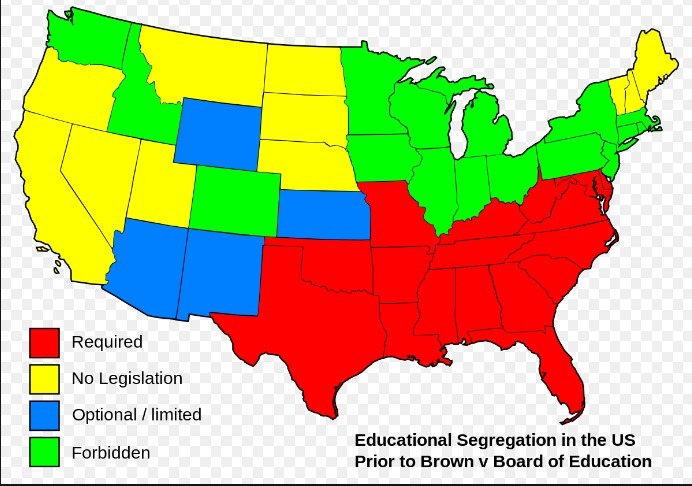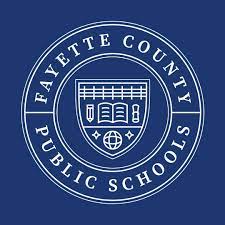The Legacy of Brown v. Board of Education: Understanding its Premises through an Excerpt

In the annals of American history, few Supreme Court decisions have had as profound an impact as Brown v. Board of Education. This landmark case not only reshaped the educational landscape but also set the stage for the broader civil rights movement. But what were the foundational premises of this case? Let’s dive into an excerpt and unravel its significance.
The Historical Backdrop:
Before we delve into the excerpt, it’s crucial to understand the historical context. For decades, the doctrine of “separate but equal” was the law of the land, allowing racial segregation in public facilities, including schools. This was solidified by the Plessy v. Ferguson decision in 1896. However, by the mid-20th century, a growing chorus of voices began challenging this status quo.
The Excerpt and its Relevance:
The excerpt in question sheds light on the inherent inequalities present in segregated schools. It wasn’t just about physical facilities; it was about the psychological and emotional toll on Black children. The premises of Brown v. Board of Education revolved around the idea that separation was inherently unequal. This excerpt underscores that sentiment, highlighting the deep-seated biases and systemic discrimination present in the “separate but equal” doctrine.
The Psychological Impact:
One of the most compelling arguments against segregation was its psychological impact on Black children. Studies, including those by Dr. Kenneth Clark, showcased the damaging effects of segregation on the self-esteem and aspirations of Black students. The excerpt echoes these findings, emphasizing the long-term consequences of such a system.
Also Read: Which is Not Considered an Additional Cost Beyond Tuition for Higher education?
The Ripple Effect:
The premises of Brown v. Board of Education were not just about education. They touched on broader societal issues. By challenging the very foundation of segregation, the case paved the way for further civil rights advancements. The excerpt serves as a testament to the broader implications of the case beyond just the classroom walls.
Why did the Supreme Court take jurisdiction over Brown v. Board of Education?
The Supreme Court’s decision to take jurisdiction of the Brown v. Board of Education case was rooted in the Fourteenth Amendment’s Equal Protection Clause. The plaintiffs argued that racial segregation in public schools violated this clause, as it perpetuated inequality. The “separate but equal” doctrine, established by the Plessy v. Ferguson decision in 1896, had allowed racial segregation for decades. However, by the 1950s, it became evident that segregated facilities were inherently unequal. The Court recognized the national importance of this issue and the need to address the constitutionality of racial segregation in schools.
Which movement followed the Brown v. Board of Education decision?
The Brown v. Board of Education decision acted as a catalyst for the broader Civil Rights Movement in the United States. Following the ruling, there was a surge in activism and protests against racial segregation and discrimination. Organizations like the NAACP gained prominence, and leaders like Martin Luther King Jr. emerged. The Montgomery Bus Boycott, the March on Washington, and the eventual passing of the Civil Rights Act of 1964 were all subsequent events that drew inspiration from the Brown decision.
From Brown v Board of Education Answers:
The Brown v. Board of Education case concluded that racial segregation in public schools was unconstitutional. The Court’s unanimous decision stated that “separate educational facilities are inherently unequal.” This ruling overturned the “separate but equal” doctrine and mandated the desegregation of schools across the United States.
Brown v Board of Education opinion of the Court quizlet:
Many educational platforms, like Quizlet, offer resources to help students understand the Brown v. Board of Education decision. These resources often include summaries of the Court’s opinion, flashcards, quizzes, and other study tools. They provide valuable insights into the legal reasoning behind the ruling and its implications.
Brown vs Board of Education quiz:
Testing one’s knowledge about this landmark case can be both enlightening and engaging. A typical quiz might cover the background of the case, the key figures involved, the legal arguments presented, and the aftermath of the decision. Such quizzes help reinforce the importance and nuances of the case in American history.
According to the excerpt, what did the Supreme Court decide?
While I don’t have the exact excerpt at hand, the Supreme Court’s decision in the Brown v. Board of Education case was clear: racial segregation in public schools was unconstitutional. The Court recognized the detrimental effects of segregation on Black children, both educationally and psychologically, and deemed it a violation of the Equal Protection Clause of the Fourteenth Amendment.
Conclusion:
Brown v. Board of Education was more than just a legal case. It was a statement, a challenge, and a beacon of hope. The excerpt in question, while just a small piece of the puzzle, offers a window into the premises of the case. It reminds us of the importance of equality, the dangers of complacency, and the enduring legacy of a decision that changed the course of American history.





